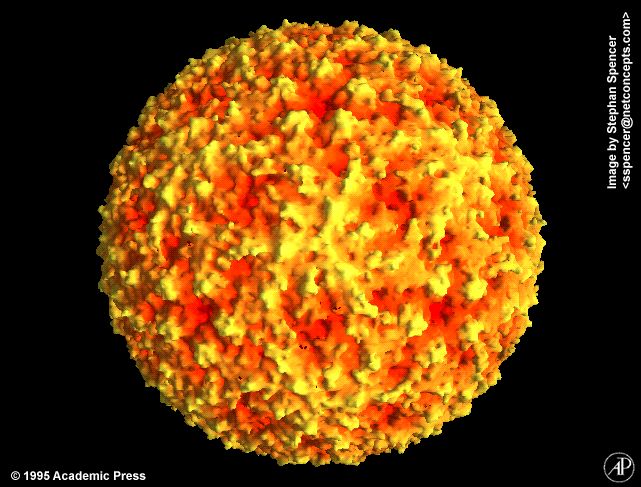Homemade Ginger Beer
(Makes 4 x 1.25 litre bottles)
Yeast Mixture
1 teaspoon dried yeast (not Surebake type)
1 tablespoon sugar
1 cup warm water
Ginger Beer
2 cups sugar
2 tablespoons ground ginger
1 teaspoon tartaric acid
2 litres hot water juice and grated rind of 2 lemons
2 litres cold water
Stir the yeast mixture ingredients together in a small bowl or cup and leave to stand for 10 minutes.
1. Place the sugar, ginger, and tartaric acid in a clean bucket.
2. Pour in the hot water and lemon juice, and stir to dissolve the sugar.
3. Add the cold water, cool to lukewarm, and add the yeast.
4. Leave in the bucket (covered with a towel) for 24 to 36 hours.
5. Strain into 4 thoroughly clean 1.25 litre softdrink bottles.
6. Fill the bottle to within 5cm of the top with extra cold water.
7. Put 1 teaspoon of sugar in each bottle and screw on washed tops.
8. Shake to dissolve the sugar.
9. Leave the bottles to stand in a warm place until they feel absolutely rigid when squeezed (this takes between 2 to 5 days to happen) then refrigerate. If the bottles are fizzy, loosen then tighten the lids several times. Consume within 2 to 3 weeks.

